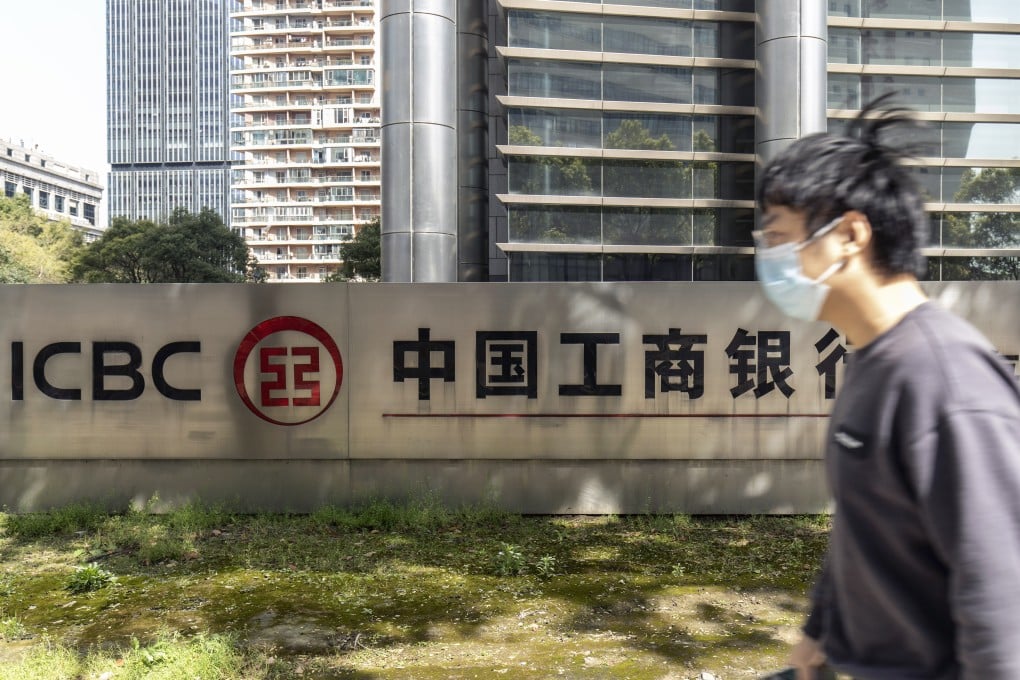Advertisement
China’s Big Six banks face Covid-19, inflation headwinds after double-digit profit growth in 2021
- Postal Savings Bank reported the highest profit increase of 18.7 per cent
- But as Covid-19 spreads through China and economic growth slows this year, bad loans at state-controlled banks could rise after falling last year
Reading Time:3 minutes
Why you can trust SCMP

China’s Big Six state-controlled banks reported double-digit profit growth for 2021, the best since 2013 and in line with analysts’ expectations, helped by robust loan growth and fewer bad loans.
But with Covid-19 cases flaring up across China and rising inflation, senior bank officials and analysts painted a bleaker outlook, warning that non-performing loans at Agricultural Bank of China, Bank of Communications, Bank of China, China Construction Bank, Industrial and Commercial Bank of China (ICBC) and Postal Savings Bank of China could climb once again as the nation’s economic recovery slows.
Advertisement
The challenge for banks this year was highlighted by Bank of Communications’ president Liu Jun, who said the pandemic presented the global economy with a great “variable”.
“The Covid pandemic has [put] downward pressure on the economy on multiple fronts,” said Liu. “Additionally, the Russia-Ukraine war has accelerated the global supply chain issue. This means that inflation could become an untameable monster.”
Advertisement
He added that even in such a scenario Chinese banks would still have a lot of room to support the country’s growth.
Advertisement
Select Voice
Choose your listening speed
Get through articles 2x faster
1.25x
250 WPM
Slow
Average
Fast
1.25x